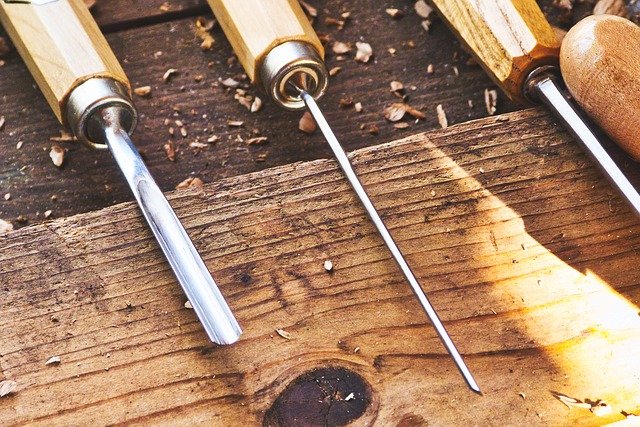
Because of everything that happened (or didn’t happen) last year, 2020 very much became the year of new hobbies. With lockdown measures set to continue for some time yet, that trend for finding a new activity or craft is set to continue well into 2021 as we all try to find some useful and fun ways to whittle away the time.
Talking of whittling, woodwork has been the distraction of choice for many new hobbyists in the last 12 months. A challenging but rewarding past time, woodworking also offers its participants a highly useful skill they can apply in real life once they’ve got the hang of things.
Of course, if you’re interested in getting started in woodworking, you need to get a grasp of the basic before you start carving out the new dining room table. To get the most from your first forays into the craft, there are a few simple steps every beginner should follow.
Choose your project(s)
First things first – what do you want to work on? Woodwork is a vast and varied craft that can see you build anything from the simplest of boxes to the grandest of pergolas, so it’s important you land on a project idea that is not only realistic for you to complete but will also keep you interested as you get to grips with the hobby.
There’s plenty of inspiration online to help you find you first woodworking project. Once you know what you want to have a go at, you can look at getting the appropriate tools and gear to do the job.
Get the right equipment
The reason picking your project comes first is because different woodworking tasks can require very different tools and, unless you’re opening up a carpentry business off the bat, you’re not going to either want or be able to afford every hand tool, power tool and piece of machinery linked to the work.
For both practical and budgetary reasons, your first project will probably end up requiring a mix of hand and power tools. So, pick the project, then find the tools you need for the job.
Get the right safety gear
The same goes for finding the right safety gear. In fact, especially for beginners, getting the right safety gear is probably the most important thing of all. Safety gear requirements are usually a lot more consistent across the board – you’ll need the likes of safety glasses, hearing protection, a good pair of gloves, face masks and adequate clothing before you get started.
Be realistic with your expectations
Getting into woodwork can really take you places. Once you’ve developed your skills, you’ll potentially be able to build all sorts of wonderful and useful pieces, from furniture and tables to practical storage and garden fixtures. That is, however, once you have developed those skills, and it’s important to remember that they will take time and hard work to develop.
With that in mind, don’t head into the hobby thinking you’ll be a master craftsperson from day one. Instead, be realistic, push yourself to improve but only within reason and, most of all, make sure you’re enjoying yourself.
Where will your woodworking journey take you? Perhaps to creating a few new home crafts around the house, maybe even into a money-making hobby? However your woodworking hobby ends up, make sure you start off on the right foot with the simple steps above.
Tags: hobbies for men


